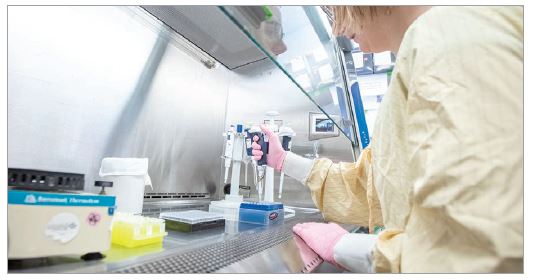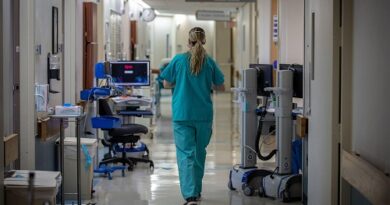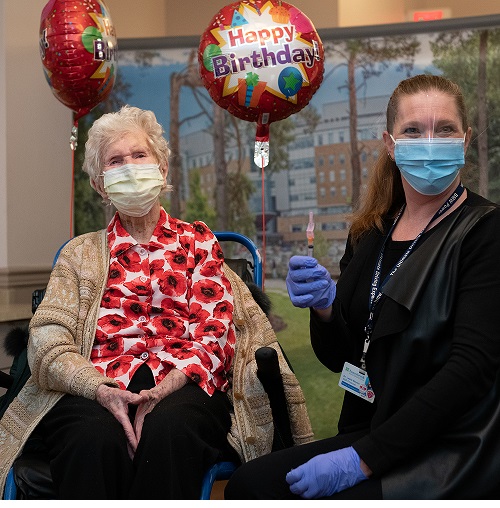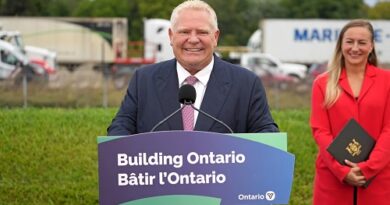New measures to help curb transmission rates in Brampton, better late than never
TORONTO – Finally, Brampton opens it’s first Covid-19 voluntary isolation centre for area residents. It has been a long wait. For months, Mayor Patrick Brown has advocated for a Covid-19 voluntary isolation site for the city.
The new centre provides a free, comfortable and private hotel-room facility for any area resident in need of a safe place to isolate. The option is available to individuals who test positive for Covid-19, have symptoms, have come in contact with someone who tests positive for Covid-19 or have returned from travel outside Canada within the last 14 days. Also provided is transportation to and from the centre, along with three meals a day and free WI-FI. The facilities are recommended for those who must self-isolate but do not have the means to do safely in their current accommodations.
On January 15, the first Brampton isolation site opened with a capacity of 41 additional rooms. Earlier this week (Monday), the city’s second site opened with an additional 132 rooms. These sites are in addition to the Mississauga site, which has a capacity of 100 rooms.
According to a spokesperson from Peel Public Health, since March 2020, a total of 792 individuals have stayed at the isolation centres in the Region.
Across the province, through a combination of provincial and federal funding for voluntary isolation centres, the recent additional investment of $42 million will help create up to 1,700 new Covid-19 isolation beds.
The city of Brampton is consistently one of the Covid-19 “hotspots” in the province. More troubling is that more than 61% of cases in the Region of Peel are from Brampton alone. With a population of about 600,000 residents, the city is home to a large proportion of essential workers. They do not have the privilege to work from home. Many of them provide health-care services or are employed in various vital sectors of the economy such as transportation and food processing.
What makes the situation more complex is the number of multi-generational households in the city. It can be difficult to safely isolate in such circumstances, especially if a family member tests positive and/or needs to self-isolate while waiting for test results.
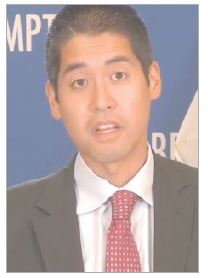
According to the latest data from Peel Public Health (January 15), of the 7,612 regional cases reported in the last two weeks, 51% of cases were as a result of household exposure. It has become increasingly difficult to control the spread of the virus in densely populated areas.
The latest seven-day Covid-19 test-positivity rate in Brampton was 17.4%. This is an increase over the 16.9% positivity rate just one week prior. The rise in new cases combined with hospitalizations has put severe strain on the city’s healthcare infrastructure.
Dr. Lawrence Loh (in the pic), Peel Region’s Medical Officer of Health, has described the situation as “on the brink of catastrophe”. Peel hospitals continue to cancel surgeries and have already transferred patients to other health centres across Ontario in efforts to free up capacity and treat more people.
“The ability to isolate safely is essential to help stop the spread of Covid-19 in our community”, says Dr. Loh. In reaction to the new sites opening in the city, Dr. Loh added “expanding locations into more communities across Peel increases access for residents and provides them a safe place to isolate and ultimately protect their loved ones and community”.

